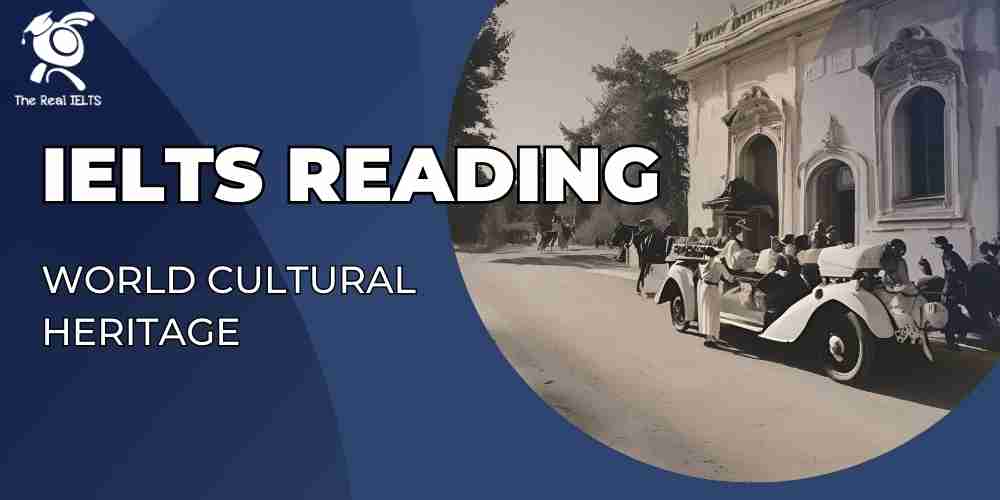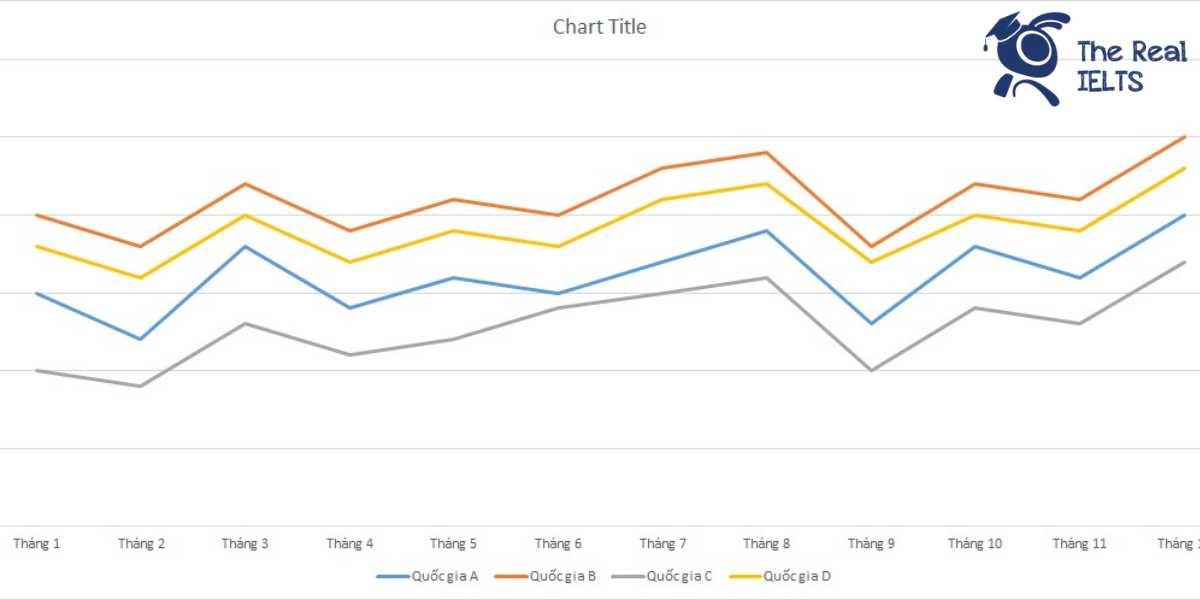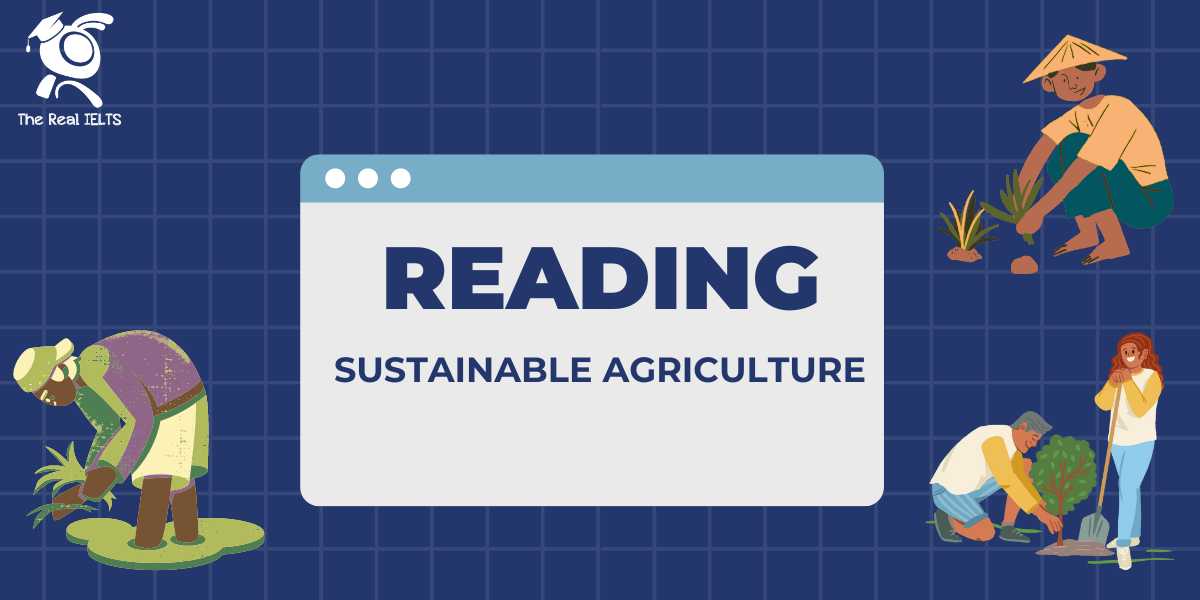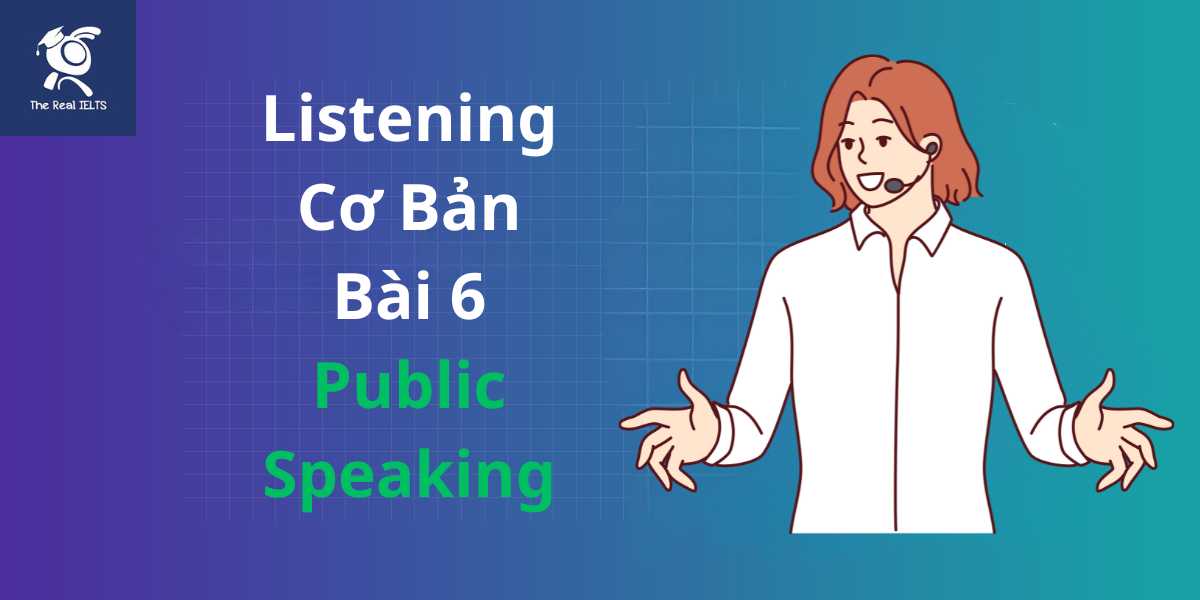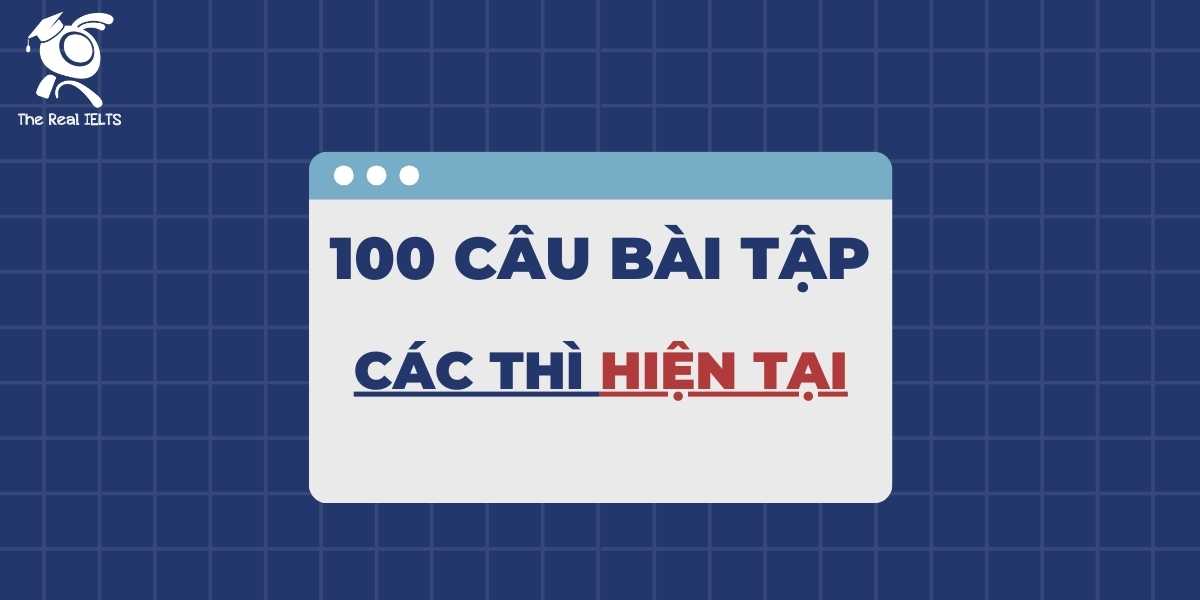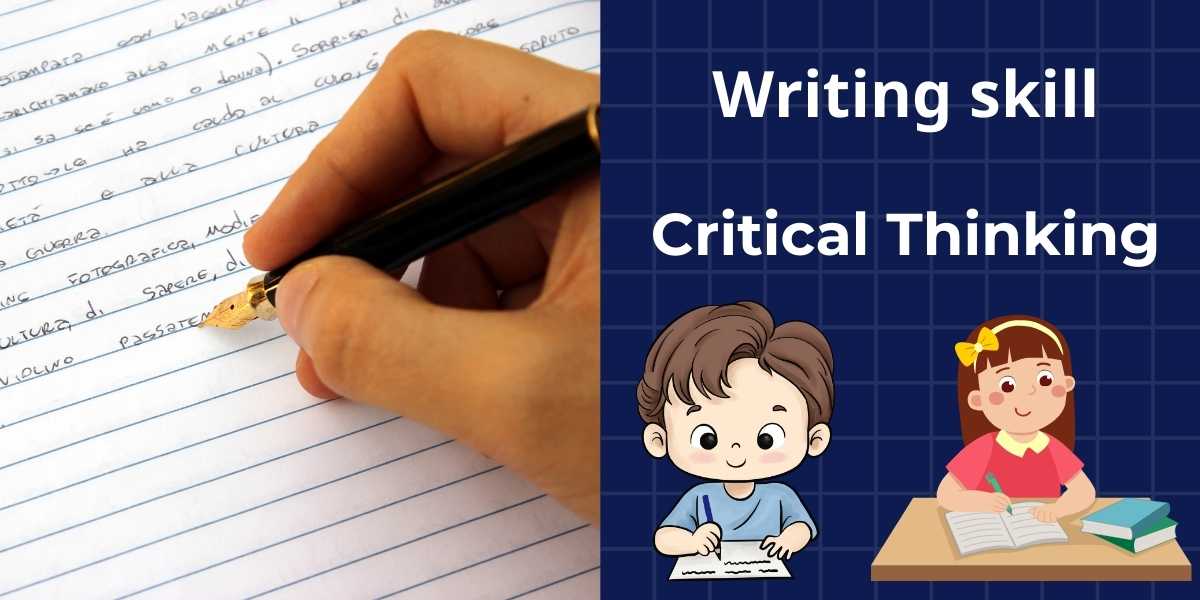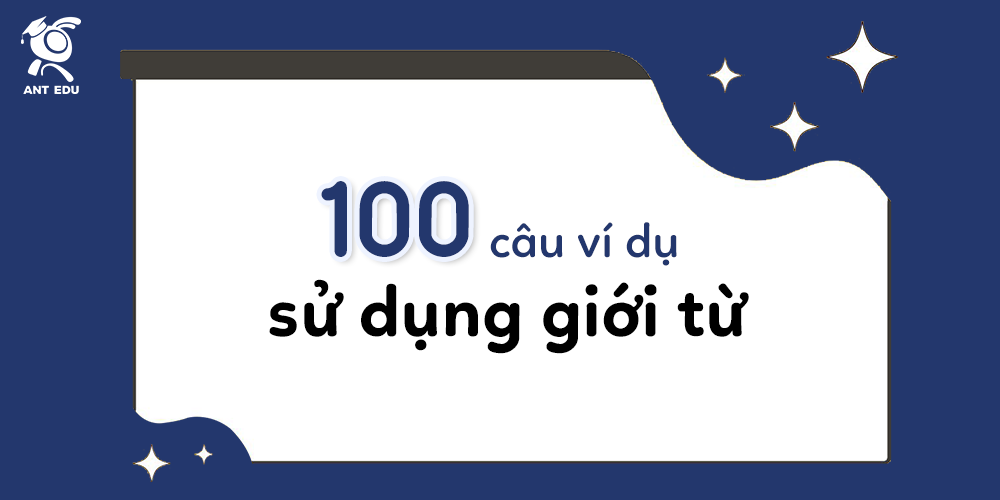IELTS Reading 44: World cultural heritage là chủ đề thuộc chuỗi bài luyện tập 11 dạng bài IELTS Reading và các bài tập luyện tập.
Học lại bài cũ: IELTS Reading 43: The role of museums in preserving history.
IELTS Reading: World cultural heritage
World cultural heritage encompasses a wide range of traditions, monuments, and practices that hold significant value for humanity. These cultural treasures offer insights into the history, beliefs, and artistic expressions of various civilizations. UNESCO, the United Nations Educational, Scientific and Cultural Organization, plays a crucial role in the identification, protection, and preservation of these sites through its World Heritage Sites program.
The criteria for selecting World Heritage Sites include their outstanding universal value, which can be expressed through cultural significance, architectural brilliance, or historical importance. Examples of such sites are the Great Wall of China, the Pyramids of Giza in Egypt, and the historic center of Florence in Italy. Each of these sites not only attracts millions of tourists annually but also serves as a testament to the ingenuity and creativity of human beings throughout history.
In addition to physical sites, intangible cultural heritage is equally important. This includes oral traditions, performing arts, rituals, and festivals that are passed down through generations. Preserving intangible heritage is essential for maintaining cultural diversity and fostering a sense of identity among communities. For instance, the traditional music and dance forms of indigenous peoples around the world exemplify the richness of human creativity and the importance of cultural expression.
Efforts to protect world cultural heritage face various challenges, including urbanization, climate change, and armed conflicts. These threats often lead to the degradation of historical sites and the loss of cultural practices. To combat these issues, international cooperation and local community involvement are crucial. Education and awareness-raising initiatives can empower communities to value and safeguard their cultural heritage, ensuring its transmission to future generations.
Ultimately, world cultural heritage not only enriches our understanding of diverse cultures but also fosters global unity. By celebrating our shared human experience, we can cultivate respect for different traditions and promote peaceful coexistence among nations.
Questions
1. Multiple Choice (Chọn đáp án đúng)
- What organization is primarily responsible for the protection of World Heritage Sites?
- A) World Health Organization
- B) United Nations Educational, Scientific and Cultural Organization
- C) International Monetary Fund
- D) World Wildlife Fund
- Which of the following is NOT mentioned as a criterion for selecting World Heritage Sites?
- A) Architectural brilliance
- B) Historical importance
- C) Economic value
- D) Cultural significance
2. True/False/Not Given (Đúng/Sai/Không có thông tin)
- UNESCO is responsible for preserving only tangible cultural heritage.
- True / False / Not Given
- The Great Wall of China is an example of a World Heritage Site.
- True / False / Not Given
3. Yes/No/Not Given (Có/Không/Không có thông tin)
- Intangible cultural heritage is as important as physical sites in preserving cultural diversity.
- Yes / No / Not Given
- All indigenous music forms are recognized by UNESCO as World Heritage.
- Yes / No / Not Given
4. Matching Information (Ghép thông tin)
Match the following examples to their corresponding descriptions:
- A) Great Wall of China
- B) Traditional music of indigenous peoples
- C) Historic center of Florence
- D) Pyramids of Giza
- An architectural marvel of ancient civilization.
5. Matching Headings (Ghép tiêu đề)
Choose the best heading for each paragraph:
- A) The Importance of Intangible Heritage
- B) The Role of UNESCO
- C) Challenges in Protecting Heritage
- D) The Diversity of World Cultural Heritage
6. Matching Sentence Endings (Ghép kết thúc câu)
- Complete the sentences:
- A) UNESCO’s program aims to…
- B) Cultural heritage offers insights into…
- C) Intangible cultural heritage includes…
- the history and beliefs of various civilizations.
7. Sentence Completion (Hoàn thành câu)
- World Heritage Sites are selected based on their outstanding universal __________.
8. Summary Completion (Hoàn thành bản tóm tắt)
- World cultural heritage is crucial for understanding our shared __________ and promoting global unity.
9. Diagram Label Completion (Hoàn thành nhãn sơ đồ)
- Label the diagram illustrating the relationship between tangible and intangible cultural heritage:
- Tangible Cultural Heritage:
- _________ (e.g., monuments, buildings)
- Intangible Cultural Heritage:
- _________ (e.g., rituals, music)
10. Short Answer Questions (Câu hỏi trả lời ngắn)
- What are two challenges faced in protecting world cultural heritage?
11. Table/Flowchart/Note Completion (Hoàn thành bảng/sơ đồ dòng/chú thích)
- Complete the table with information from the text:
| Type of Heritage | Examples |
|---|---|
| Tangible Cultural Heritage | ___________ |
| Intangible Cultural Heritage | ___________ |
Đáp án
1. Multiple Choice (Chọn đáp án đúng)
- B) United Nations Educational, Scientific and Cultural Organization
- C) Economic value
2. True/False/Not Given (Đúng/Sai/Không có thông tin)
- False (UNESCO cũng bảo vệ di sản văn hóa phi vật thể.)
- True (Great Wall of China là một ví dụ về Di sản Thế giới.)
3. Yes/No/Not Given (Có/Không/Không có thông tin)
- Yes (Di sản văn hóa phi vật thể rất quan trọng để duy trì sự đa dạng văn hóa.)
- No (Không phải tất cả các hình thức âm nhạc của người bản địa đều được UNESCO công nhận.)
4. Matching Information (Ghép thông tin)
- A) Great Wall of China – 3) A site attracting millions of tourists.
- B) Traditional music of indigenous peoples – 2) A cultural expression passed down through generations.
- C) Historic center of Florence – 1) An architectural marvel of ancient civilization.
- D) Pyramids of Giza – 4) Represents the creativity of human beings throughout history.
5. Matching Headings (Ghép tiêu đề)
- A) The Importance of Intangible Heritage – (Paragraph about intangible cultural heritage)
- B) The Role of UNESCO – (Paragraph discussing UNESCO’s role)
- C) Challenges in Protecting Heritage – (Paragraph about challenges faced)
- D) The Diversity of World Cultural Heritage – (Paragraph introducing the topic)
6. Matching Sentence Endings (Ghép kết thúc câu)
- A) UNESCO’s program aims to… – 2) the protection of both tangible and intangible heritage.
- B) Cultural heritage offers insights into… – 1) the history and beliefs of various civilizations.
- C) Intangible cultural heritage includes… – 3) oral traditions, performing arts, and festivals.
7. Sentence Completion (Hoàn thành câu)
- World Heritage Sites are selected based on their outstanding universal value.
8. Summary Completion (Hoàn thành bản tóm tắt)
- World cultural heritage is crucial for understanding our shared human experience and promoting global unity.
9. Diagram Label Completion (Hoàn thành nhãn sơ đồ)
- Tangible Cultural Heritage:
- Monuments, buildings
- Intangible Cultural Heritage:
- Rituals, music
10. Short Answer Questions (Câu hỏi trả lời ngắn)
- Two challenges faced in protecting world cultural heritage are urbanization and climate change.
11. Table/Flowchart/Note Completion (Hoàn thành bảng/sơ đồ dòng/chú thích)
| Type of Heritage | Examples |
|---|---|
| Tangible Cultural Heritage | Great Wall of China, Pyramids of Giza, Historic center of Florence |
| Intangible Cultural Heritage | Traditional music, Performing arts, Rituals |


